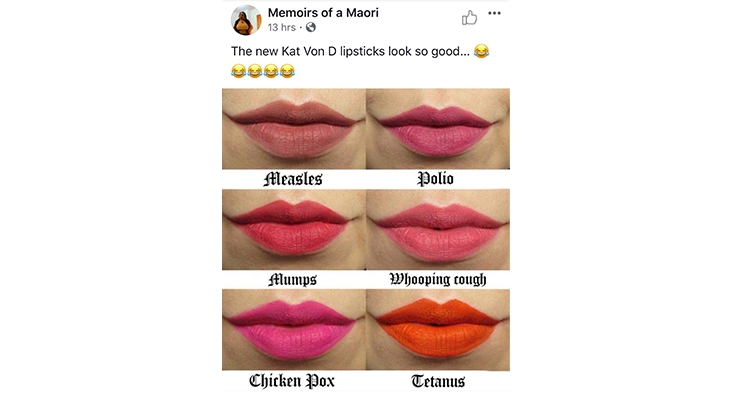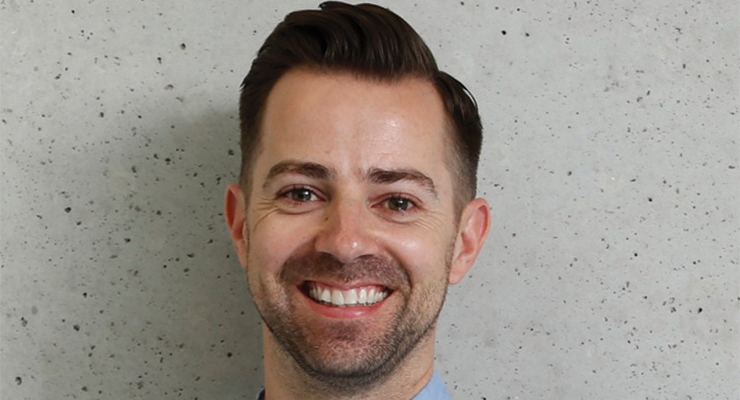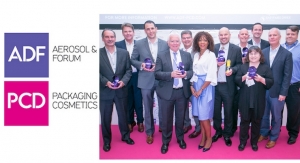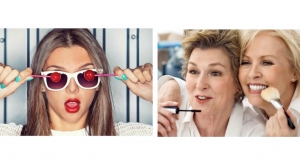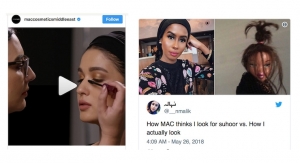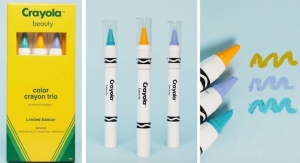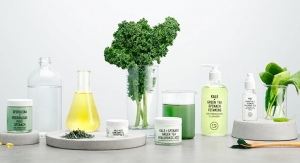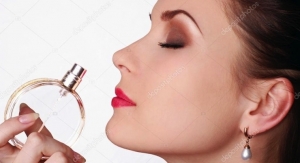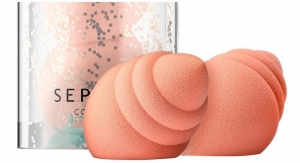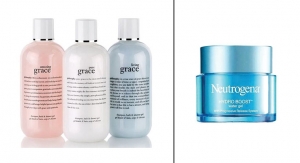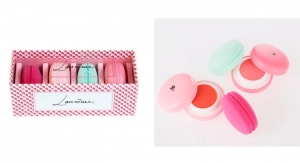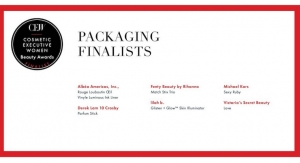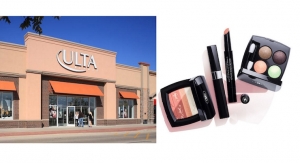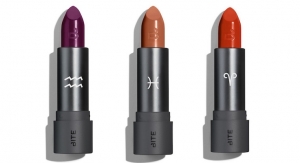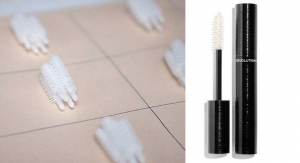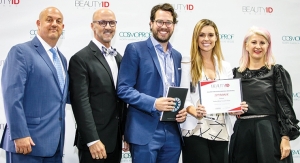Nick Vaus, Partner & Creative Director, www.freethebirds.com 09.01.18
Putting an individual person’s name on the tin (or tube, or compact) is nothing new. Some of the most internationally successful beauty brands are eponymous ones. Think Estée Lauder, Vidal Sassoon, Shu Uemura, Bobbi Brown, the list goes on.
As to why, the answer’s simple: Human beings are social animals; we love to associate what we’re buying with a name and face, preferably associated with a particular expertise as a makeup artist, hairdresser or style maven. Add to that their personality, where they’re from, their sense of style and you’ve inspiration for brand storytelling and visual identity. Nearly a hundred years after Chanel created her first perfume, her elegant packaging design codes, palette of black, white, beige, gold and red and biographical detailing continued in the 2018 launch of three Les Eaux de Chanel fragrances named for Chanel’s favourite cities…
But even before 24/7 digital media existed, brands closely associated with a particular individual could be impacted, sometimes catastrophically, by what that person did or said. An infamous example being how the owner of an eponymous chain of main street UK jewellers, Gerald Ratner, gave an after-dinner business speech referring to his products as “total crap.” The media got hold of the story, the value of the company plummeted by £500 million, nearly resulting in the firm’s collapse, Ratner’s dismissal and a company name change.
Today, however, both the commercial opportunities—and dangers—of having a personality-led beauty brand are immense. The ubiquity and immediacy of digital media means that the opportunities for brand personalities to shine, and fall short, are almost infinite. Consumers increasingly expect brands to have meaningful values and to engage with them personally, quite literally, on social media. Rihanna’s Fenty Beauty in large part succeeds because every aspect of the brand reflects her authentic playful personality, language and inclusive style. And Riri’s followers love her for it.
The key word being followers. Today’s beauty buyers are not just tapping into great formulations, standout packaging or even eye-catching Instagram imagery (even though they have to perform on those fronts), they’re buying into personality first. It’s more like a fan club with added beauty.
The problem with fan clubs, however, is any object of fandom can fall out of favor very quickly indeed. We’ve seen a flurry of brands recently in the limelight, including Kat Von D, whose individual aesthetic is so intertwined with her brand’s packaging and personality, that it’s been the subject of a huge backlash due to her comments against childhood vaccination. Faced with such controversy, fan buyers will walk away, vloggers will talk about it and mainstream consumers will be left utterly confused.
What’s clear is that in this era of Twitter pile-ons and Instagram feuds, personality-led beauty brand owners have to give serious thought as to whether they—and by extension their whole company—can commit to behaving impeccably forever, 24/7.
If they can’t, they need to find a way to put some distance or infrastructure in place to protect the business. That might mean separating out the brand’s social from the individual’s, or sticking to business entirely, as Pat McGrath’s Instagram and Twitter seems to do. Or even, rather refreshingly, in this hyperpersonal age, call the brand something else entirely…
About the author:
Nick Vaus is partner and creative director at www.freethebirds.com. Free the Birds is the brand communication and design agency formerly known as DewGibbons+Partners. Now 21 years old, its clients include Bayer, Coty, Davidoff, Lindt, Nestlé and P&G. Its boutique, tailored approach is built on curiosity, flexibility and smart design thinking which drives successful outcomes for compassionate brands. Follow Free the Birds on Twitter.


